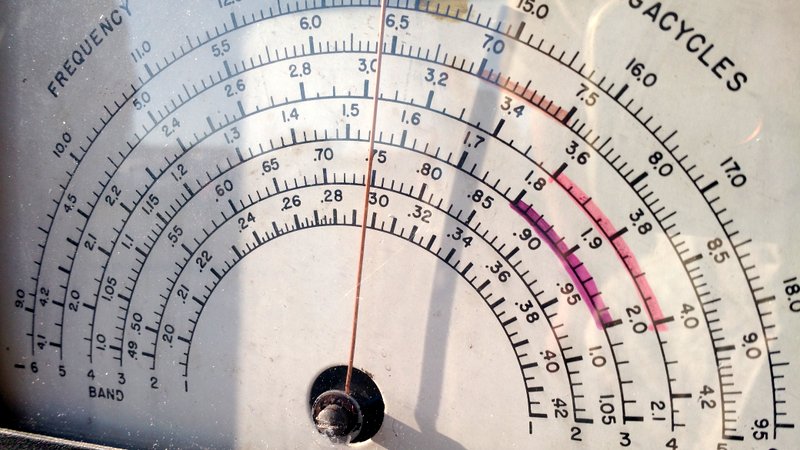(Source: Southgate ARC)
CQ MF/LF Editor John Langridge, KB5NJD/WG2XIQ, reports that the FCC has authorized amateur radio use of the 630 and 2200-meter bands, effective October 16, 2017, providing registration procedures have been followed and no objections are received within 30 days.
The PLC (Power Line Communications) database is live and hams may begin registering immediately. They may begin operating on 472 kHz (630 meters) and 137 kHz (2200 meters) as early as October 16 if they register today and receive no objection in the next 30 days. Hams may not operate on the bands without going through this process.
The link to the sign-up page is here:
https://utc.org/plc-database-amateur-notification-process/The effective date for use of the new bands by amateurs was published in today’s Federal Register. The relevant pages are at: https://www.gpo.gov/fdsys/pkg/FR-2017-09-15/pdf/2017-19578.pdf
The FCC’s Public Notice is at: http://transition.fcc.gov/Daily_Releases/Daily_Business/2017/db0915/DA-17-893A1.pdf
John is asking all amateurs to register, even if they don’t plan to use these bands in the near future, as the FCC rules prohibit UTC (the Utilities Technology Council) from deploying PLC in these bands closer than 1 kilometer from registered stations. Registration now will protect your ability to use our new MF/LF bands in the future.
Update: SWLing Post contributor, Ron, adds:
Please see this Link for more info on how to register with the UTC (both posts, concerning your lat/long):
http://www.radiodiscussions.com/showthread.php?704837-FCC-Opens-630m-for-Amateur-Use-But


Interesting, previous sunspot minimums did not prompt the FCC to open up these lower frequencies for Amateur Radio, why now?? (There is talk that the next three solar cycles will be extremely low activity) They should provide some interesting DX possibilities!
I registered, but I’m also only 200 meters from a set of power lines running PLC. So it’ll be interesting to see if they reject my application or not. I don’t actually plan on doing anything, I just wanted to see what would happen.
Great info on the converters. Palomar used to make those too.
Forgot to mention NAVTEX transmissions on 489 and 518 kHz. Using YAND (Yet Another Navtex Decoder hi hi) which is a free download you can decode these maritime xmissions, again best at night in the fall/winter. You can set up the software and let it run all night, then next morning look at the traffic from all the stations near and far. Never heard anything on 489 yet though as this might be the int’l freq.
MultiPSK can be used too.
https://www.navcen.uscg.gov/?pageName=NAVTEX
I recently built a transmitting converter (80m to 630m) from a kit and described it here:
https://ae5x.blogspot.com/2017/06/630m-kit-completed-tested.html
Good news indeed. Now time to spin the general coverage receiver’s VFO dial way counterclockwise and down to the LF band for any action. Wonder if there are any LowFers still operating 160 – 190 kHz? Beacon TH from Southern NJ could be heard here in West NJ but had to strain your ears to hear it.
You can get your feet wet ahead of time and listen for Aeronautical beacons from 200 – 520 kHz in slow CW that travel pretty far at night, especially in the cold months. Also DGPS (285 – 315 kHz) can be heard warbling on LF.
Wonder if anyone is planning at station on the new bands? Thanks for the post gentlemen!
Looking for a good VLF Converter?
This’un will get it done but you have to build it,
for just 14 bucks:
http://www.wb9kzy.com/lfconv.htm
Here is the “go to” place for all things 630 and 2200m:
http://njdtechnologies.net/category/630-meters/
Please see this Link for more info on how to register
with the UTC (both posts,concerning your lat/long):
http://www.radiodiscussions.com/showthread.php?704837-FCC-Opens-630m-for-Amateur-Use-But
Thanks, Ron! I just amended the post with your comment!